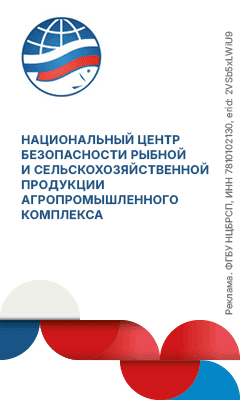“In this regard, strengthening international cooperation and exchanging experience with those who have succeeded in the conservation of the tiger is of particular importance. I am pleased to praise the achievements of our colleagues from India, Nepal, Bhutan, and China, where tiger populations are growing steadily. We in Russia also have something to be proud of. Twelve years ago, there were no more than 390 adult Amur tigers in our Far Eastern taiga. Now there are about 750 of them, including cubs. This is the result of systematic measures implemented at the state level, but above all, a tangible result of the coordinated, hard work of Russian scientists, enthusiasts, and environmental organizations,” said the head of the state.
The president outlined that Russian practices in tiger population recruitment are being adopted in Kazakhstan. “It is gratifying that our Kazakhstani partners have found our experience useful for their program to return the tiger to Central Asia. Russian experts share the confidence of our colleagues that the first tigers may appear there as early as 2025,” the president said.
According to the Ministry of Natural Resources and Environment of the Russian Federation (Minprirody), representatives of 11 countries took part in the International Tiger Preservation Forum. The participants will sum up the results of 12 years of work done in the framework of the global program of tiger conservation, develop new measures on rare species recruitment, and announce current data on tiger population size.
It is specified, that the summit is attended by representatives of India, North Korea, Thailand, Malaysia, Myanmar, Laos, Vietnam, Nepal, and Kazakhstan. The forum started on September 5, with the opening of “Tiger Home”, which is a large exposition, representing the natural habitats of the striped predator and measures for the protection of these animals.
“A quarter of the tiger habitat resides on the territory of national parks and reserves. And I would like to thank the national inspectors, who safeguard the Red Book predators on the daily basis! The tiger population in the Far East region has not only been preserved, but also increased. This is the result of sustained conservation efforts by the government, the public and scientific organizations. Pure victory of humans and tigers. But it is important to remember that it was humans that once caused the almost complete extinction of a tiger. We must put in our best effort to not let history repeat itself!” Alexander Kozlov, the Minister of Natural Resources and Environment of the Russian Federation, was quoted as saying in a statement by Minprirody.
Over 80% of Amur tiger population in Russia lives in the Primorsky Territory and in the neighboring regions of Khabarovsk Territory, the Amur Region and the Jewish Autonomous Region.
According to Minprirody, about 5,000 remain in the wild worldwide.









